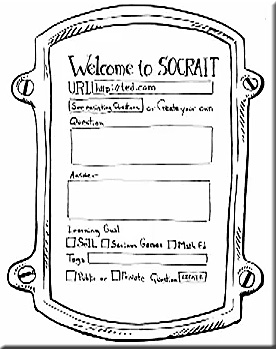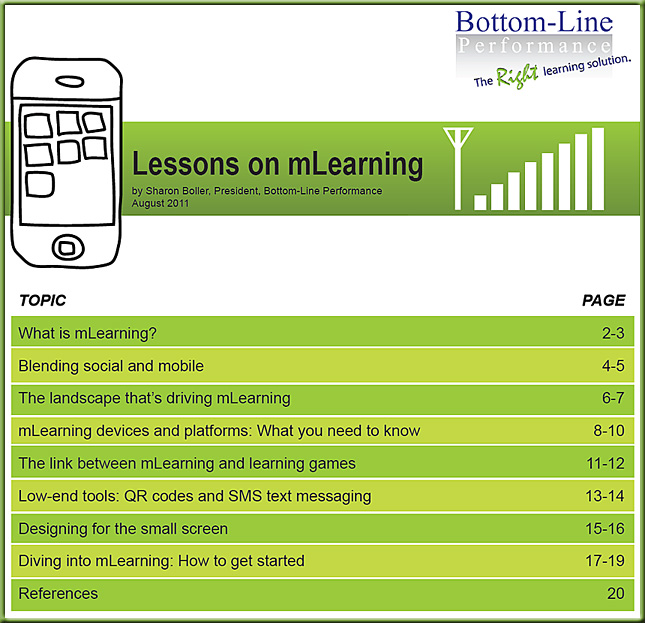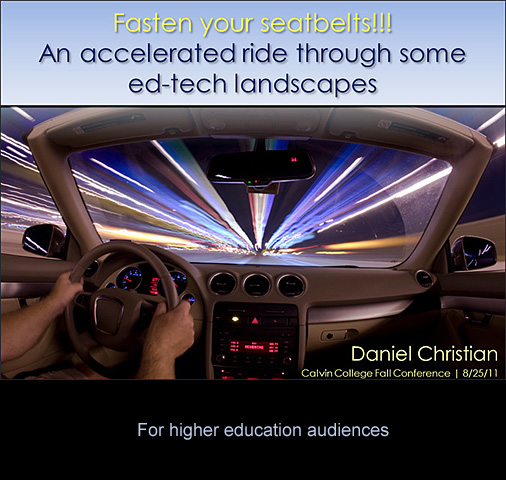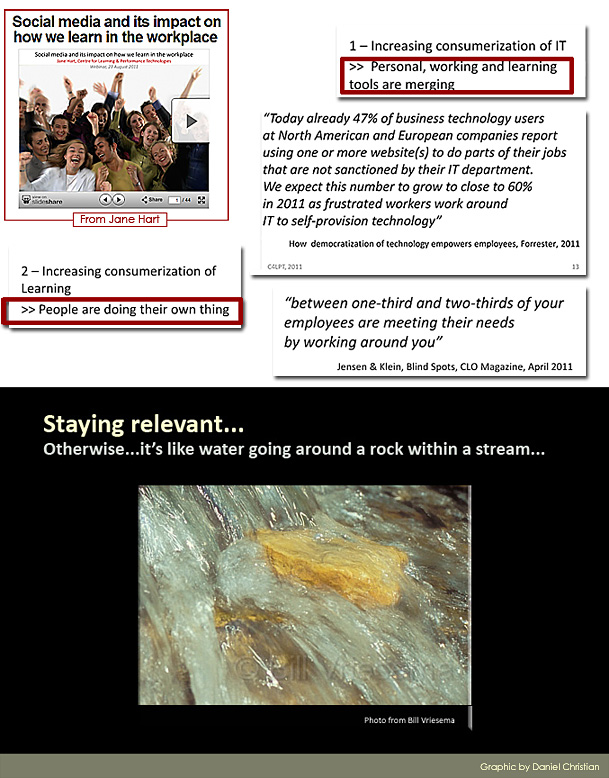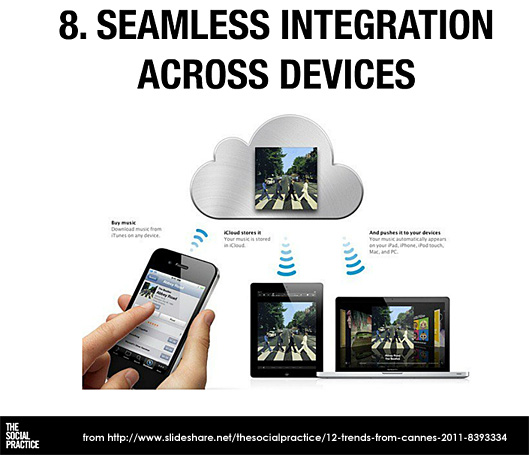This Visible College — from Educause (Vol. 34, No. 2, 2011) by Bryan Alexander
Excerpt:
In this column we’ll explore another part of higher education using only one scenario — but it’s a doozy.
“Class begins when the classroom door closes.” This image is enshrined in many practices, much popular memory, and even campus policies. But the concept may well be turned inside out in the near future as several trends coincide, altering the ways we teach and learn. That shut door is about to be wrenched open and our closed classes drawn into a global, visible college (compared to the invisible college described by David Staley and Dennis Trinkle1).
None of these supporting trends is mysterious or surprising:
- Social media
- Mobile computing
- Open content
…
When these three trends combine, though, the synthesis surpasses each individual trend. What they do is turn the classroom inside out.
…
Everything I’ve described is happening now. What happens when these trends continue to grow and cross-pollinate?
Future of Higher Education — from Educause (Vol. 34, No. 1, 2011) by Bryan Alexander
Excerpt:
What does the future hold for higher education? How is American academia changing under the impact of continuous technological transformation?
…
The Future of Scholarly Publication
Scholarly publication is one of the most vital parts of higher education.4 Publications are in many ways the acme of faculty assessment: publish or perish. Our articles and books are the visible, enduring record of academic work, outlasting the lifespans of researchers, staff, and students. An entire industry both depends on and supports this output. Research output is deeply interwoven into many aspects of campus life, from hiring policies to library budgets and admissions materials. It is also a field in crisis, hammered by the Great Recession and torqued by ongoing technological revolutions.











